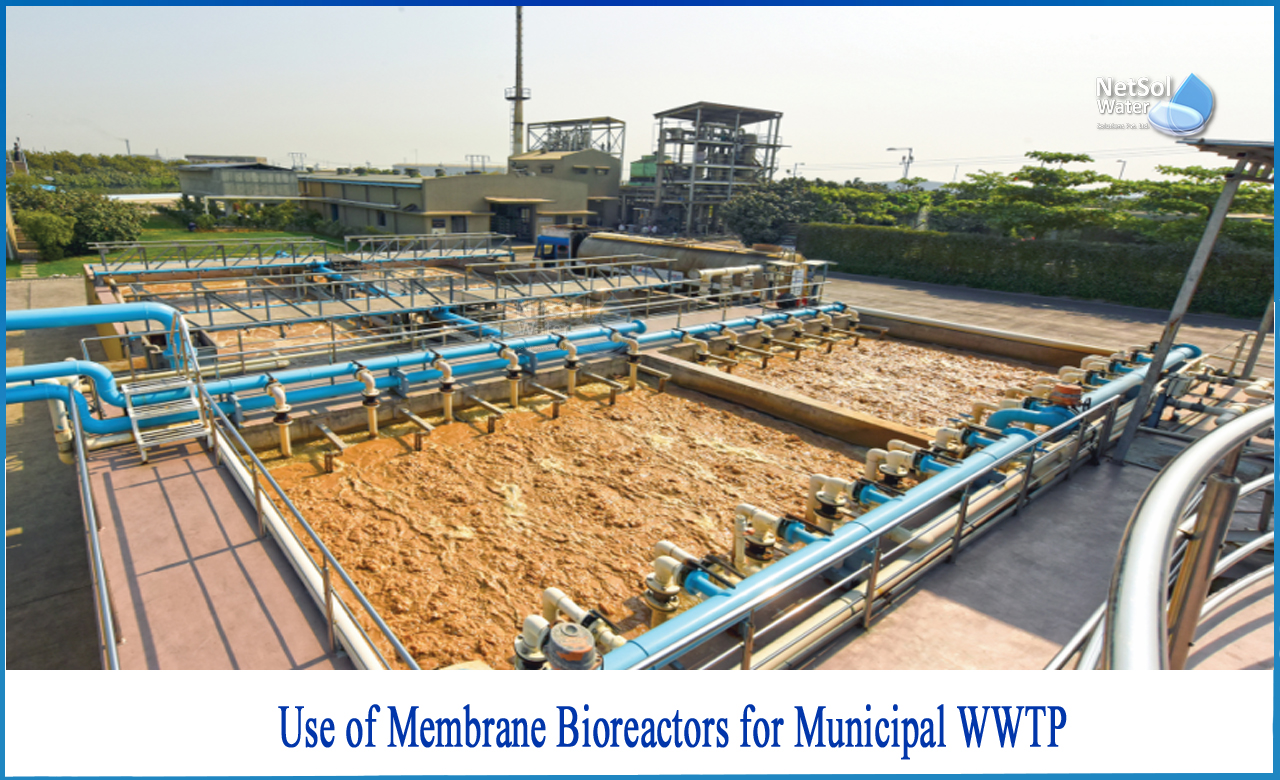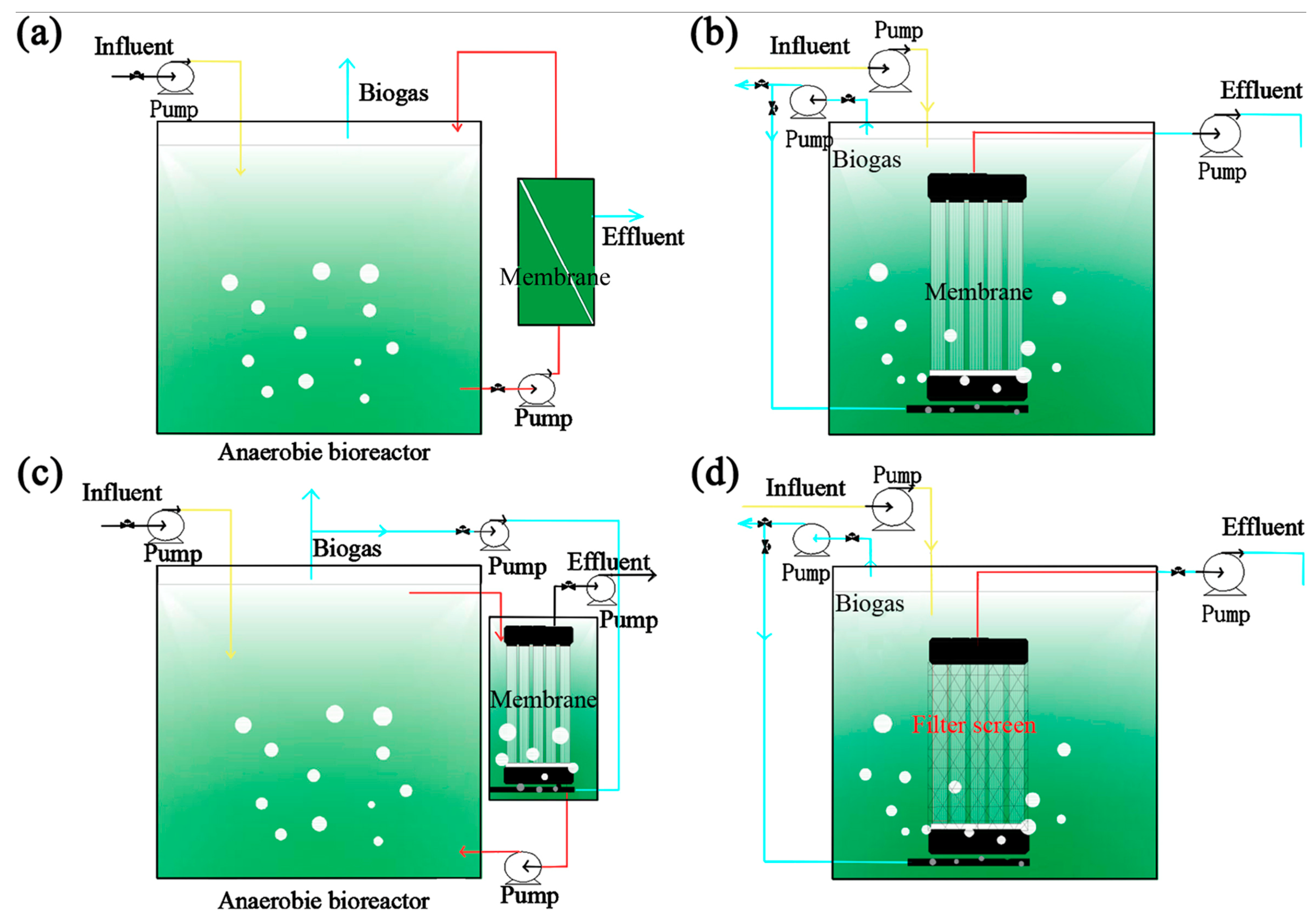The Role of Membrane Bioreactor in Achieving Higher Effluent Quality Standards
The Role of Membrane Bioreactor in Achieving Higher Effluent Quality Standards
Blog Article
The Advantages of Membrane Layer Bioreactors in Sustainable Wastewater Management
Membrane layer bioreactors (MBRs) stand for an essential development in lasting wastewater administration, successfully merging organic treatment with innovative membrane layer filtering technology. This assimilation not only enhances effluent top quality by effectively getting rid of pollutants however also opens methods for water reuse in various applications, thus addressing the pressing demand for resource preservation. In addition, the small design of MBRs adds to substantial reductions in environmental influence and functional costs. As the demand for lasting remedies heightens, checking out the multifaceted advantages of MBRs might disclose unforeseen ramifications for the future of wastewater therapy systems.
Overview of Membrane Layer Bioreactors
Membrane layer bioreactors (MBRs) stand for a considerable improvement in wastewater therapy technology, integrating organic destruction with membrane filtering to enhance the efficiency of the treatment process. This ingenious system integrates the benefits of conventional turned on sludge procedures with membrane layer innovation, enabling boosted solid-liquid splitting up. MBRs make use of semi-permeable membranes to separate treated water from biomass, leading to premium effluent that can be reused or securely released right into the setting.
The operational design of MBRs typically entails a bioreactor where bacteria damage down raw material, complied with by a membrane system that filterings system the mixed alcohol. This arrangement not only lessens the impact of the therapy facility yet also enables for greater biomass focus and lowered hydraulic retention times. MBRs are capable of treating a broader range of contaminants, including microorganisms and nutrients, making them appropriate for various applications, from local wastewater treatment to industrial effluent processing.
The combination of MBRs right into wastewater management systems is indicative of a growing trend towards sustainable and effective methods in environmental engineering. Their ability to produce top quality effluent while reducing area requirements positions MBR technology as a principal in modern-day wastewater therapy options.
Enhanced Effluent Quality

The membrane layer filtering process works as a physical obstacle, enabling the retention of microbes and particulate matter, which adds to a clearer and cleaner effluent (Membrane Bioreactor). Furthermore, MBRs run at higher biomass focus than conventional turned on sludge systems, promoting more reliable biodegradation of pollutants. This causes a reduction in biochemical oxygen demand (FIGURE) and overall put on hold solids (TSS) levels in the last effluent
Additionally, MBRs demonstrate outstanding performance in dealing with difficult wastewater compositions, such as industrial effluents and wastewater with high nutrient lots. Because of this, the effluent generated is commonly of higher high quality, permitting for more adaptable disposal options and minimized ecological impact. Eventually, the boosted effluent quality accomplished via MBR technology highlights its critical function ahead of time sustainable wastewater management methods.
Water Reuse Opportunities
The high-quality effluent created by membrane Get the facts layer bioreactors (MBRs) opens substantial opportunities for water reuse in different applications. MBRs successfully get rid of contaminants, consisting of pathogens, suspended solids, and natural issue, causing treated water that meets or surpasses regulative requirements for reuse. This top quality enables the implementation of water recycling efforts throughout varied markets.
One noticeable application remains in farming, where dealt with wastewater can be utilized for watering, advertising lasting farming techniques while preserving fresh water sources. In addition, MBR-treated effluent can be made use of for commercial procedures such as air conditioning, cleansing, and as a procedure water source, substantially minimizing the need for drinkable water in these operations.
In metropolitan atmospheres, MBRs help with using reclaimed water for landscape irrigation, bathroom flushing, and other non-potable usages, adding to the total strength of water system systems. Moreover, the combination of MBR innovation in decentralized systems aids in managing local water needs, especially in water-scarce regions.
Decreased Environmental Effect
How can the fostering of membrane layer bioreactors (MBRs) contribute to a reduced ecological effect in wastewater management? MBRs significantly boost the treatment efficiency of wastewater while decreasing environmental disturbances. By incorporating biological therapy procedures with membrane purification, MBRs efficiently get rid of a large range of toxins, including natural matter, nutrients, and virus. This sophisticated filtration results in higher-quality effluent, which is essential for shielding water ecosystems and minimizing the burden on all-natural water bodies.
Additionally, MBRs run at lower hydraulic retention times compared to standard systems, resulting in smaller therapy plant impacts. This compact style lowers land use, consequently maintaining natural habitats and biodiversity. The procedure also creates much less sludge than conventional techniques, minimizing disposal challenges and reducing greenhouse gas discharges connected with sludge management.
Additionally, MBRs assist in the recuperation of beneficial resources, such as water and nutrients, contributing to a circular economic climate. By making it possible for water reuse for watering or commercial procedures, MBRs help reduce freshwater shortage, therefore advertising lasting water make use of techniques. Inevitably, the fostering of MBR modern technology stands for a significant stride towards minimizing the environmental impact of wastewater management systems.
Economic Advantages of MBRs

Additionally, MBRs help with the production of top quality effluent, which can be reused for various applications, such as farming watering and commercial processes - Membrane Bioreactor. This reuse capability can significantly lower water purchase expenses, offering a financial incentive for sectors encountering rigid water policies
The compact style of MBR systems also results in lowered land demands, which is especially valuable in metropolitan locations where property is pricey. By decreasing area, sectors and communities can save money on land acquisition and upkeep expenses.
Moreover, MBRs usually call for less frequent upkeep and have a longer life expectancy than traditional systems, better contributing to set you back savings. In recap, the visit our website economic benefits of MBRs-- ranging from reduced functional costs to land cost savings and effluent reuse-- make them a compelling option for sustainable wastewater administration, offering both long-lasting and immediate monetary advantages.
Final Thought
Membrane layer bioreactors represent a transformative method to lasting wastewater management, integrating biological therapy with advanced membrane filtering for premium effluent quality. Their capacity for efficient impurity elimination facilitates water reuse, thus saving essential freshwater sources. Additionally, MBRs contribute to decreased environmental effects via portable layouts and reduced sludge generation. Economic advantages further enhance their feasibility, making MBRs an appealing remedy for resolving the obstacles of wastewater therapy and advertising lasting source monitoring.
Membrane layer bioreactors (MBRs) stand for a crucial innovation in lasting wastewater monitoring, efficiently merging biological treatment with advanced membrane layer filtering innovation.Membrane layer bioreactors (MBRs) stand for a considerable development in wastewater therapy innovation, incorporating organic deterioration with membrane layer filtration to improve the effectiveness of the therapy procedure.Attaining improved effluent quality is one of the most substantial advantages of using membrane layer bioreactors (MBRs) in wastewater treatment.Furthermore, MBRs show outstanding performance in dealing with tough wastewater make-ups, such as industrial effluents and wastewater with high nutrient lots.Integrating membrane layer bioreactors (MBRs) into wastewater administration not only minimizes ecological effect however additionally provides considerable economic advantages.
Report this page